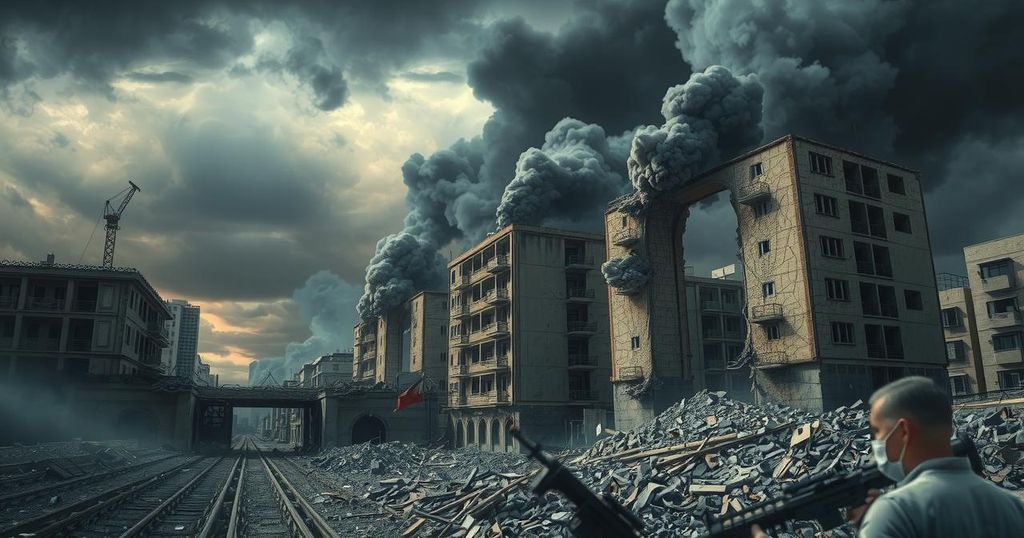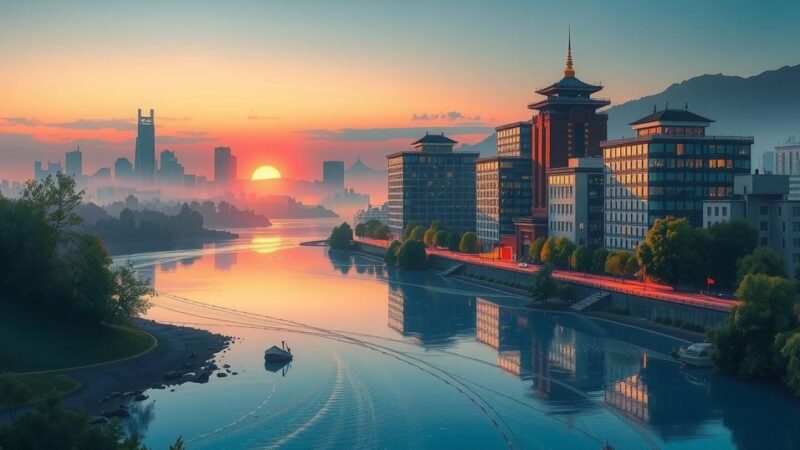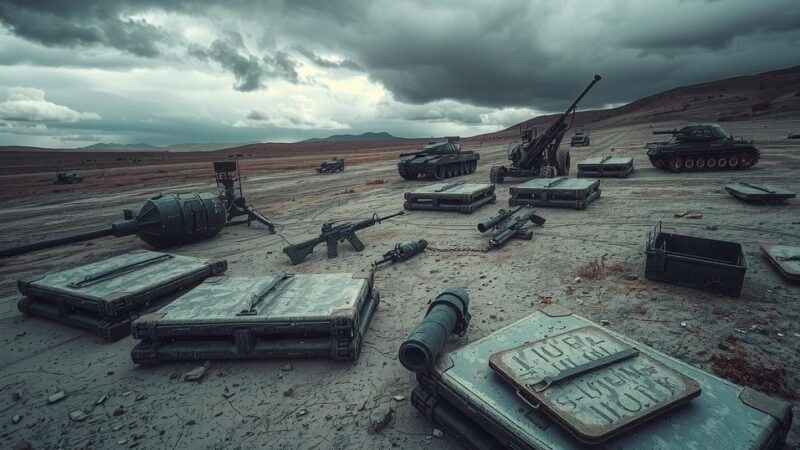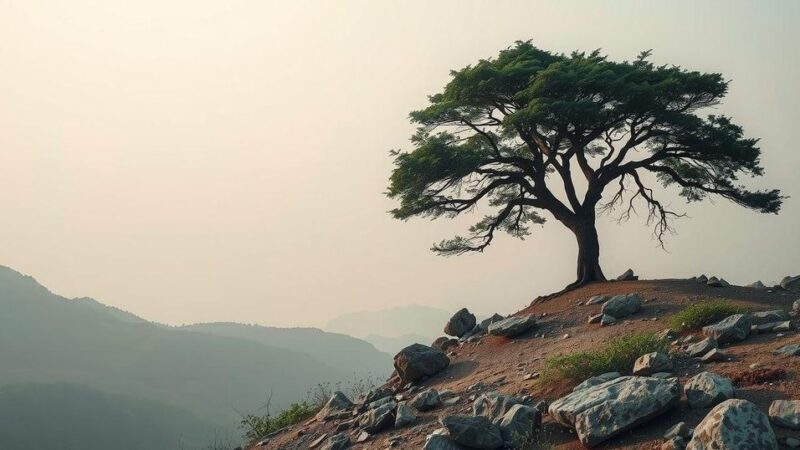Nearly 3,000 people have died in Goma, DRC, due to a rebel takeover after significant fighting. The UN confirmed many bodies collected, with fears of increased fatalities. A declared ceasefire by the rebels is viewed skeptically by the Congolese government, as hostilities continue in the region. Concerns mount over the humanitarian impact amidst ongoing ethnic and resource-driven conflicts in the area.
The United Nations reports that nearly 3,000 individuals have perished in Goma, a city in eastern Democratic Republic of Congo, following its seizure by rebels after intense fighting with the Congolese military. Vivian van de Perre, the deputy head of the UN mission, confirmed that approximately 2,000 bodies have been retrieved from the streets while around 900 remain in hospitals’ morgues. She indicated that the death toll may increase as many individuals are still unaccounted for, particularly in areas where bodies are decomposing.
The rebel coalition, known as the Alliance Fleuve Congo (AFC) and inclusive of the M23 group, announced a ceasefire amidst the humanitarian crisis attributed to the Congolese government. However, the Congolese officials dismissed the ceasefire as deceptive, reporting continued violence in South Kivu province. The ongoing conflict has led to a significant humanitarian crisis in a country beleaguered by years of ethnic conflict and violent resource disputes, severely impacting over 100 million people.
Allegations have emerged that Rwanda supports the M23 rebels, who are mainly composed of ethnic Tutsis. While the Rwandan government has denied these claims, it acknowledges deploying troops and missile systems within eastern Congo for its security. President Paul Kagame expressed uncertainty about the presence of Rwandan forces but emphasized Rwanda’s need to protect itself.
The M23 has reignited its rebellion since 2022, claiming to safeguard the interests of minority ethnic communities. The region is rich in minerals essential for technology. Van de Perre remarked on ongoing hostilities, particularly as M23 advances towards Bukavu, projecting a worrying escalation as tensions heighten.
Rebels have made territorial gains recently, prompting concerns over the vital Kavumu airport, critical for humanitarian efforts in South Kivu. The AFC claims it does not intend to seize Bukavu, yet there remains skepticism regarding its commitment to civilian safety. The situation remains volatile as M23 leaders signal ambitions to capture additional cities, including the capital, Kinshasa.
In Goma, the seizure by M23 is continuing, with the Congolese government acknowledging their presence while not formally confirming the takeover. A newly appointed military governor suggests an ongoing state of siege in North Kivu. Van de Perre predicts further escalation in conflict, noting that all exit points from Goma are currently secured by the rebels, hindering humanitarian access.
The recent conflict in the Democratic Republic of Congo represents the culmination of decades of violence motivated by ethnic tensions, armed insurgencies, and control over valuable natural resources. The DRC is rich in minerals like coltan, used in technology, which has driven conflicts over control. Rebel groups, particularly M23, have exploited these tensions to gain leverage against the government, leading to significant humanitarian crises. The involvement of neighboring countries, particularly Rwanda, complicates the situation, as accusations of external support for rebel factions contribute to the ongoing turmoil.
The conflict in Goma exemplifies a severe humanitarian crisis characterized by massive loss of life and displacement. With nearly 3,000 casualties confirmed and ongoing violence in the region, the situation remains dire. The conflict highlights the complexities of regional power dynamics and the dire consequences of instability in resource-rich areas. As the UN and Congolese authorities grapple with the escalating violence, the future for peace and stability in eastern DRC remains uncertain.
Original Source: keyt.com






